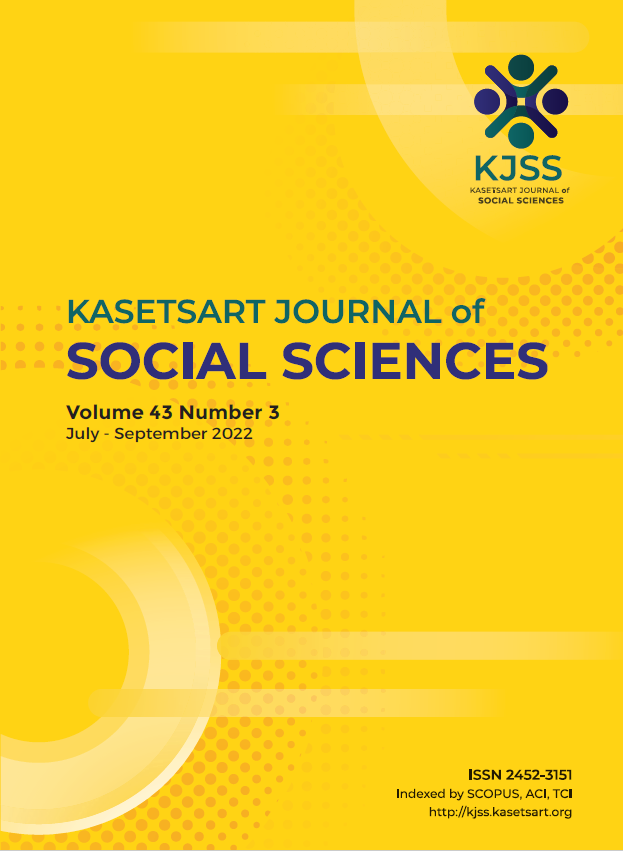The efficiency of an evaluation model for undergraduate vocational education programs: An application of multiple evaluation approaches
Keywords:
multiple evaluation approaches, program evaluation, program evaluation standards, vocational education programAbstract
This research aimed to assess the efficiency of an evaluation model for undergraduate vocational education programs, which was developed from the application of multiple evaluation approaches. There were three-evaluation approaches, namely: (1) Utilization-focused evaluation; (2) CIPIEST evaluation model; and (3) Discrepancy evaluation model. The evaluation was tested in two different courses: (1) a Bachelor of Technology Program in Electrical Technology; and (2) a Bachelor of Technology Program in Office Management. The sample was of 12-curriculum evaluation committee members from both programs. An evaluation form of the program evaluation model and focus groups records were used as the research instruments for the data collection. The data were analyzed by descriptive statistics and content analysis. The results found that according to the components and evaluation indicators as required, both programs were completed. Five standards for the efficiency of the evaluation model were: (1) utility standards; (2) feasibility standards; (3) propriety standards; (4) accuracy standards; and (5) evaluation accountability standards. The results indicated that the most effective standard was utility standards, corresponding with the opinions of the committee from the focus group meetings.
Downloads
Published
How to Cite
Issue
Section
License

This work is licensed under a Creative Commons Attribution-NonCommercial-NoDerivatives 4.0 International License.
This is an open access article under the CC BY-NC-ND license http://creativecommons.org/licenses/by-nc-nd/4.0/










